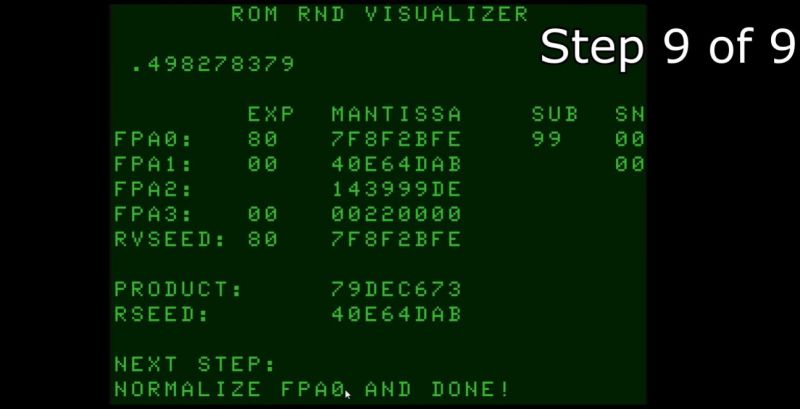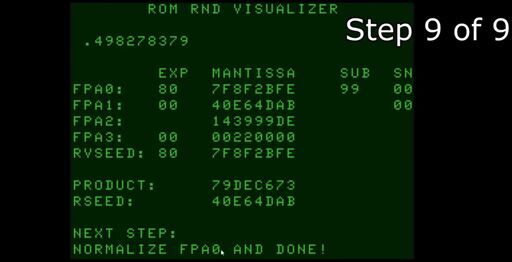
Although these days we get to tap into many sources of entropy to give a pretty good illusion of randomness, home computers back in the 1980s weren’t so lucky. Despite this, their random number generators were good enough for games and such, as demonstrated by the [CoCo Town] YouTube channel.
The CoCo is the nickname for the TRS-80 Color Computer, which despite its name, shares absolutely nothing with the TRS-80. Its BASIC version is called Color BASIC, which like many others was based on Microsoft BASIC, so the video’s description should be valid for many other BASIC versions as well. In the video we’re first taken through a basic summary of what the floating point format is all about, before running through an example of the algorithm used by Color BASIC for its RND function, using a test program written in Color BASIC.
As described in the video, the used algorithm appears to be the linear congruential generator, which is a pseudo-random generator that requires minimal resources from the hardware it runs on. Of course, its main disadvantage is that it will fairly rapidly begin to repeat itself, especially with a limited number of output bits. This makes it a decent choice even today for something like simple game logic where you just want to get some variation without aiming for cryptographically secure levels of randomness.
Thanks to [Stephen Walters] for the tip.
From Blog – Hackaday via this RSS feed


